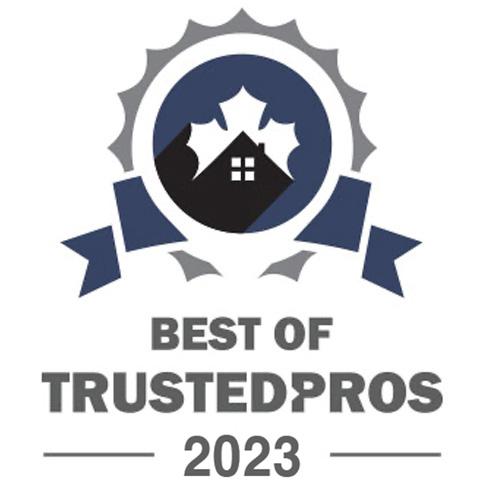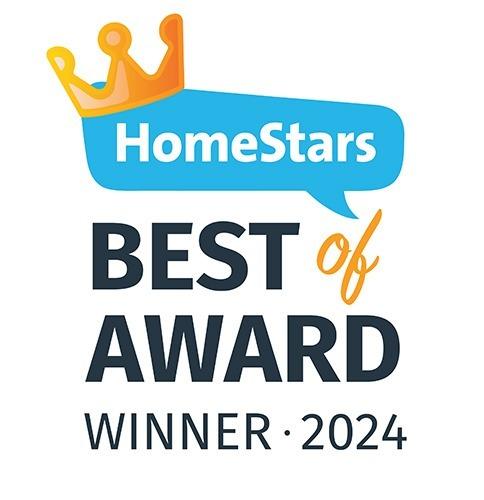New Windows: Changes to ENERGY STAR Climate Zones In Canada
Built
in Canada
1. Get a FREE QUOTE and we will bring SAMPLES to your home.
2. We will call you back during WORKING DAY
3. We guarantee Direct Price and Warranty from Manufacturer
In the previous post we began discussing how changes in custom window standards are affecting the manufacturers in Canada. We also touched on what it means to you as a consumer. Chances are, if you’ve read anything about replacement windows you will have heard about Energy Ratings and Climate Zones.
Most Canadian windows today are labeled with information that adheres to the international Energy Star standards rating. As window companies are beginning to adopt the new NAFS (North American Fenestration Standards), the changes are affecting Canadian Energy Star ratings as well.
Since the early 1990s ENERGY STAR is an international standard for energy efficient consumer products. Products carrying the Energy Star service mark symbol generally use 20–30% less energy than required by federal standards local. Although it originated in the United States, Canada and the European Union follow these standards for most consumer goods and building products.
There are several factors that are taken into account when determining whether vinyl windows adhere to Energy Star requirements.
- U-Factor: U-Factor measures heat transfer. The lower the U-Factor, the slower the transfer of heat from a warm area to a cold area. This is the inverse of an R-value, which is commonly used with other construction materials to measure the insulation value. These values do not consider any heat that is gained from the sun through the window glass.
- Solar Heat Gain Coefficient (SHGC): The solar heat gain coefficient is exactly what it sounds like – a measure of the solar heat gained through a pane of glass. It ranges from 0 to 1, with 1 having the most solar gain.
- Energy Rating (ER): An energy rating balances a product’s U-Factor with its solar heat gain and airtightness. Ranging from 0 to 50, a higher energy rating indicates a more energy-efficient product.
- Visible Transmittance (VT): Ranging from 0 to 100, visual transmittance measures the amount of visible light that can pass through the product. A higher value means more light will pass through.
- Air tightness and other standards: Products are also tested in accordance with standards that measure airtightness, watertightness, and strength.
You can search performance numbers on all ENERGY STAR rated windows in Canada on this Natural Resources website.
Knowing what the different values represent can help you determine which windows are best for each of your rooms. It can also go a long way in determining what kind of add-ons or upgrades you may want for your windows. For example, if a window you are considering has a high U-Factor, you may want to invest in a gas fill to make it more efficient.
The incorporation of NAFS into the Canadian rating system also affected the existing Energy Star zones. The Energy Star zones were a common way to determine the minimum performance levels required in different regions in Canada for windows to qualify. But now there is a single standard applied to all regions.
What climate zone are my windows in?
In January 2020, Canada simplified its approach to energy-efficient windows by eliminating region-specific requirements. Previously, ENERGY STAR® certification for windows was provided based on climate zones, so homeowners needed to select windows appropriate for their specific area to ensure high energy conservation, comfort and compliance with local rebate programs.
Now, homeowners can rely on a single, rigorous standard that applies coast to coast instead of navigating varying criteria across multiple zones. This means a selected window is either ENERGY STAR® certified or not, regardless of your location in Canada.
This approach aims to increase energy savings nationwide and make it easier for homeowners to buy and install high-performance windows. By ensuring that only the most energy-efficient windows receive certification, homeowners can be confident in their choice, knowing it offers superior insulation, solar heat gain control, and overall energy cost savings, despite their region.

Ultimately, the introduction of North American Fenestration Standards to the Canadian market will ensure that more information becomes available for customers. It also means testing of products will be more stringent to ensure the best quality in custom windows.
Learn more about replacement windows:
Find out how much a new window project should cost
Learn about the importance of correct window installation
See what features make an energy efficient window




